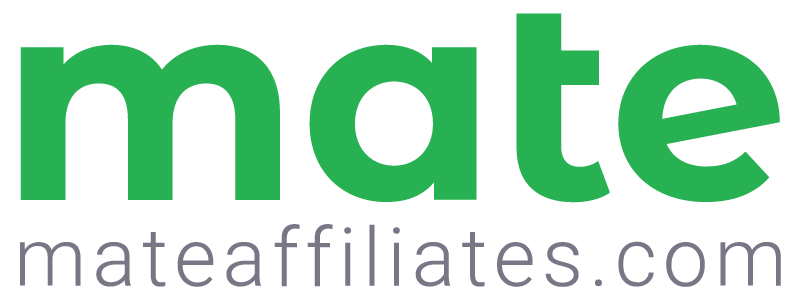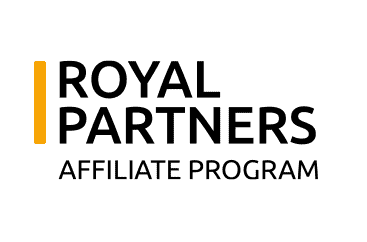Pay Per Lead Affiliate Programs
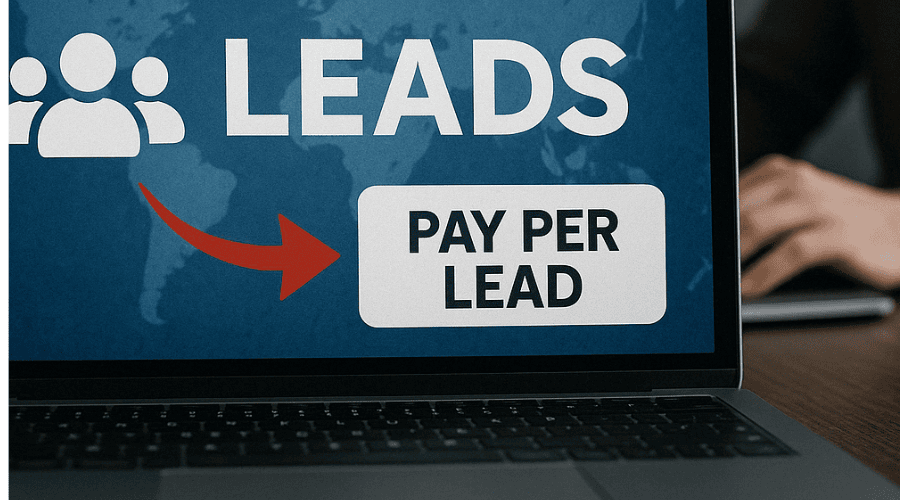
After two decades in the affiliate marketing trenches, I’ve seen business models come and go. Yet Pay Per Lead (PPL) programs have not only endured but flourished as one of the most reliable affiliate models available today. This guide distills what I’ve learned from running successful PPL campaigns across multiple verticals since the early 2000s.
What Exactly Is a Pay Per Lead Affiliate Program?
At its core, a Pay Per Lead affiliate program compensates you for delivering qualified prospects rather than completed sales. Unlike traditional affiliate models where you only earn after a purchase, PPL programs reward you for generating interest and initiating the relationship between prospect and business.
The simplicity is elegant: you send targeted traffic to a landing page, visitors complete a form with their contact information and qualifying details, and you get paid for each valid submission. The business then takes responsibility for converting that lead into a paying customer.
Here’s where the real value proposition lies for both parties:
- For businesses: They gain direct access to interested prospects they can nurture through their established sales processes
- For affiliates: We get faster, more predictable payments without waiting for the full sales cycle to complete
In my experience, this model thrives in industries with complex buying decisions, high customer lifetime values, and where direct sales consultation adds significant value.
The Mechanics: How PPL Programs Actually Work
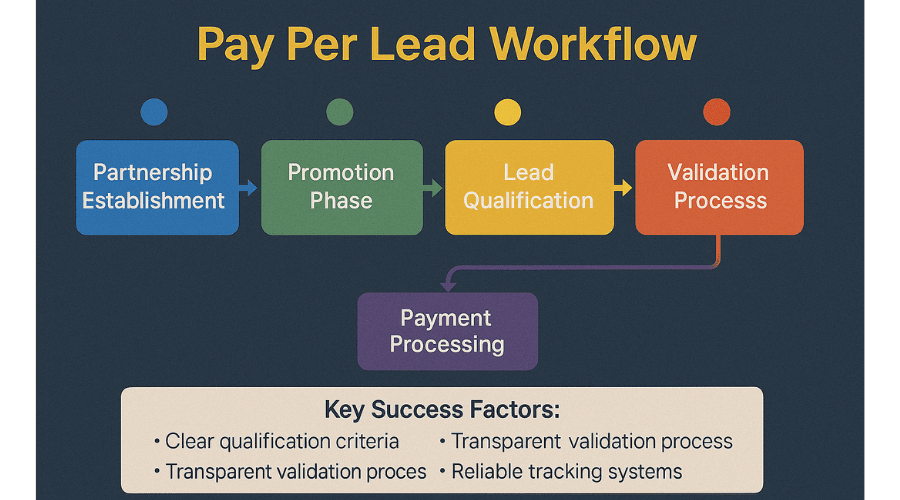
Having implemented hundreds of PPL campaigns over the years, I’ve found the process typically follows this pattern:
- Partnership Establishment: You join a PPL program either directly with a business or through an affiliate network, agreeing to specific lead criteria and payout terms.
- Promotion Phase: You drive targeted traffic to either:
- A lead capture page you’ve created (with approved messaging)
- The company’s own lead form that’s tracking your unique affiliate ID
- Lead Qualification: Visitors complete a form providing contact details and answers to qualifying questions relevant to the offer.
- Validation Process: The business verifies that leads meet their criteria—checking for duplicate submissions, validating contact information, and often confirming intent.
- Payment Processing: You receive compensation for qualified leads based on the agreed-upon terms.
What separates profitable PPL affiliates from struggling ones is understanding that quality almost always trumps quantity in this model. I learned this lesson early: 10 highly-qualified leads typically generate more revenue than 100 poorly-targeted ones.
The Economics of Pay Per Lead Programs
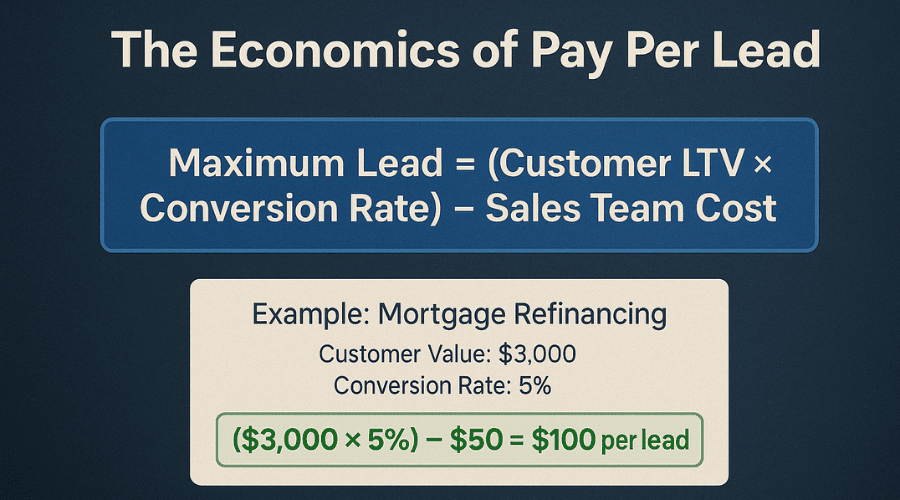
Understanding the fundamental economics behind PPL programs has been crucial to my success. Companies determine lead values based on three key metrics:
- Customer Lifetime Value (LTV): The total expected revenue from a customer relationship
- Lead-to-Customer Conversion Rate: The percentage of leads that become paying customers
- Allowable Customer Acquisition Cost (CAC): The maximum a business can spend to acquire a customer while maintaining profitability
The basic formula works like this:
Maximum Lead Value = (Customer LTV × Conversion Rate) − Sales Team Costs
For example, if a mortgage refinance client is worth $3,000 in commissions, and the lender converts 5% of qualified leads while spending $50 in sales team time per lead, they could reasonably pay up to $100 per lead and remain profitable:
($3,000 × 5%) − $50 = $100
In my experience, most businesses target a 3:1 or better return on their lead spend, which means they’ll typically pay between 10-20% of the expected customer value adjusted for their conversion rates.
Understanding this calculation gives you tremendous leverage in negotiations and helps you identify the most lucrative opportunities.
Setting Up Your First Pay Per Lead Campaign
After guiding dozens of affiliates through their first PPL campaigns, I’ve developed a formula that consistently delivers results:
1. Choose the Right Vertical
Select an industry where:
- You have some knowledge or interest
- Lead values are substantial enough to be profitable
- You can reasonably target and pre-qualify prospects
The industries outlined in my industry breakdown section offer proven opportunities, but the critical factor is alignment with your capabilities.
2. Find Quality PPL Programs
The best programs typically come from:
- Direct partnerships with businesses (often delivering the highest payouts)
- Established affiliate networks like Pepperjam, CJ Affiliate, or AWIN
- Specialized lead generation networks such as Quinstreet, NextGen, or Transparent.ly
When evaluating programs, I always examine:
- Lead payment amounts
- Payment terms and frequency
- Lead validation criteria
- Rejection rates and dispute processes
- EPC (earnings per click) data if available
After years of experience, I can tell you that programs offering slightly lower payouts but with clear validation processes and lower rejection rates often outperform higher-paying but stricter programs.
3. Develop a Targeted Traffic Strategy
The traffic strategy should match both the offer and your strengths. I’ve seen success with:
- SEO-driven content sites focusing on informational keywords related to the service
- Paid search campaigns targeting high-intent keywords
- Social media marketing for demographically-targeted offers
- Email marketing to segmented, relevant lists
The key principle: quality trumps quantity. A thousand untargeted visitors will almost always underperform a hundred highly-qualified prospects.
4. Create High-Converting Lead Capture
Whether you’re sending traffic to your own landing pages or directly to the merchant’s site, optimizing for conversion is essential. The most effective lead capture pages I’ve developed share these characteristics:
- Clear, compelling value propositions that focus on prospect benefits
- Minimal form fields (only ask what’s absolutely necessary)
- Strong trust indicators (testimonials, credentials, privacy assurances)
- Single-focus design without distracting navigation or offers
- Mobile-optimized experience for seamless completion on any device
I’ve consistently found that adding preliminary qualification questions actually improves overall revenue despite reducing total submission volume—because qualification increases lead quality and acceptance rates.
5. Implement Meticulous Tracking
Proper tracking has saved my campaigns countless times. At minimum, you should:
- Track lead submission performance by traffic source
- Monitor lead approval rates by campaign
- Analyze conversion rates at each step of your funnel
- Record EPC and ROI for all marketing channels
The main tools include:
- Google Analytics for traffic analysis
- Postback URLs from affiliate networks for attribution
- Custom parameters to track campaign variables
- Regular reporting to identify optimization opportunities
Advanced Strategies for Pay Per Lead Success
After mastering the basics, here are the advanced strategies that have taken my PPL campaigns to six-figure annual revenues:
Develop Lead Qualification Funnels
Rather than sending all traffic directly to lead forms, I create multi-step qualification processes that:
- Establish prospect interest with valuable content
- Pre-qualify through interactive tools or quizzes
- Educate on the service’s benefits
- Only then request contact information
This approach typically reduces lead volume but dramatically increases quality—and approval rates.
Here is an example KPI chart to consider:

Setting Up Your First Pay Per Lead Campaign
After guiding dozens of affiliates through their first PPL campaigns, I’ve developed a formula that consistently delivers results:
1. Choose the Right Vertical
Select an industry where:
- You have some knowledge or interest
- Lead values are substantial enough to be profitable
- You can reasonably target and pre-qualify prospects
The industries outlined in my industry breakdown section offer proven opportunities, but the critical factor is alignment with your capabilities.
2. Find Quality PPL Programs
The best programs typically come from:
- Direct partnerships with businesses (often delivering the highest payouts)
- Established affiliate networks like Pepperjam, CJ Affiliate, or AWIN
- Specialized lead generation networks such as Quinstreet, NextGen, or Transparent.ly
When evaluating programs, I always examine:
- Lead payment amounts
- Payment terms and frequency
- Lead validation criteria
- Rejection rates and dispute processes
- EPC (earnings per click) data if available
After years of experience, I can tell you that programs offering slightly lower payouts but with clear validation processes and lower rejection rates often outperform higher-paying but stricter programs.
3. Develop a Targeted Traffic Strategy
The traffic strategy should match both the offer and your strengths. I’ve seen success with:
- SEO-driven content sites focusing on informational keywords related to the service
- Paid search campaigns targeting high-intent keywords
- Social media marketing for demographically-targeted offers
- Email marketing to segmented, relevant lists
The key principle: quality trumps quantity. A thousand untargeted visitors will almost always underperform a hundred highly-qualified prospects.
4. Create High-Converting Lead Capture
Whether you’re sending traffic to your own landing pages or directly to the merchant’s site, optimizing for conversion is essential. The most effective lead capture pages I’ve developed share these characteristics:
- Clear, compelling value propositions that focus on prospect benefits
- Minimal form fields (only ask what’s absolutely necessary)
- Strong trust indicators (testimonials, credentials, privacy assurances)
- Single-focus design without distracting navigation or offers
- Mobile-optimized experience for seamless completion on any device
I’ve consistently found that adding preliminary qualification questions actually improves overall revenue despite reducing total submission volume—because qualification increases lead quality and acceptance rates.
5. Implement Meticulous Tracking
Proper tracking has saved my campaigns countless times. At minimum, you should:
- Track lead submission performance by traffic source
- Monitor lead approval rates by campaign
- Analyze conversion rates at each step of your funnel
- Record EPC and ROI for all marketing channels
The tools I rely on include:
- Google Analytics for traffic analysis
- Postback URLs from affiliate networks for attribution
- Custom parameters to track campaign variables
- Regular reporting to identify optimization opportunities
Advanced Strategies for Pay Per Lead Success
After mastering the basics, here are the advanced strategies that have taken my PPL campaigns to six-figure annual revenues:
Develop Lead Qualification Funnels
Rather than sending all traffic directly to lead forms, I create multi-step qualification processes that:
- Establish prospect interest with valuable content
- Pre-qualify through interactive tools or quizzes
- Educate on the service’s benefits
- Only then request contact information
This approach typically reduces lead volume but dramatically increases quality—and approval rates.
Segment and Target Premium Lead Categories
Not all leads pay equally. Many PPL programs offer tiered compensation based on lead quality indicators such as:
- Geographic location
- Income level
- Project timeline
- Budget range
- Specific need criteria
By segmenting your traffic acquisition to target higher-value categories, you can double or triple your effective earnings per visitor without increasing costs.
Negotiate Performance-Based Rate Increases
Once you’ve proven your ability to deliver quality leads consistently, leverage this performance to negotiate better terms:
- Document your lead quality metrics compared to program averages
- Highlight any conversion rate feedback the merchant can share
- Propose a tiered payment structure based on volume or quality thresholds
- Consider exclusivity arrangements for significant rate increases
One of my most successful partnerships began at $35 per lead but increased to $65 after demonstrating a 20% higher-than-average conversion rate over three months.
Build Direct Relationships with Advertisers
While networks provide convenience, direct partnerships typically offer:
- Higher payouts (by eliminating network commissions)
- More flexible lead criteria
- Faster payment terms
- Better feedback on lead quality
- Opportunities for custom campaigns
I’ve found that reaching out to businesses with a proven performance record from network campaigns often leads to mutually beneficial direct relationships.
Common Pitfalls and How to Avoid Them
Learning from mistakes is valuable, but learning from others’ mistakes is even better. Here are the pitfalls I’ve observed—and often experienced firsthand—in the PPL space:
Misaligned Lead Quality Expectations
Problem: Delivering leads that technically meet requirements but don’t convert, leading to program termination.
Solution: Have detailed discussions about ideal customer profiles upfront, and start with stricter qualification than required to establish quality reputation.
Ignoring Lead Scrubbing Policies
Problem: Experiencing high rejection rates due to insufficient understanding of validation processes.
Solution: Request clear documentation of all potential rejection reasons, and test small volumes initially to establish baseline approval rates before scaling.
Becoming Dependent on Single Programs
Problem: Building a business around one PPL program that changes terms or closes.
Solution: Diversify across multiple programs and verticals, with no single offer representing more than 30% of revenue.
Neglecting Compliance and Disclosure Requirements
Problem: Facing account termination due to non-compliant promotional methods.
Solution: Thoroughly review and implement all program compliance requirements, particularly regarding advertising claims and disclosure of affiliate relationships.
Focusing on Volume Over Quality
Problem: Prioritizing lead quantity that results in high rejection rates and merchant dissatisfaction.
Solution: Establish quality benchmarks and optimize for approved leads rather than total submissions.
Measuring Success: The KPIs That Actually Matter
Over the years, I’ve refined my performance tracking to focus on these critical metrics:
- Approved Lead Rate (ALR): Percentage of submitted leads accepted and paid by the advertiser
- Effective EPC (Earnings Per Click): Total earnings divided by total clicks, accounting for rejections
- Cost Per Approved Lead (CPAL): Marketing expenses divided by number of approved leads
- Return on Ad Spend (ROAS): Revenue generated relative to marketing expenses
- Lead-to-Application Ratio: For multi-stage offers, the percentage of leads that progress to the next funnel stage
These metrics provide a comprehensive view of campaign health and highlight specific areas for optimization.
Building Long-Term PPL Affiliate Success
The affiliates I’ve seen achieve sustainable success in the PPL space share these practices:
Continuous Optimization
They treat their campaigns as ever-evolving systems, constantly testing:
- Traffic sources and targeting parameters
- Landing page layouts and messaging
- Form design and qualification questions
- Follow-up processes for partial completions
Relationship Cultivation
They invest time in understanding merchants’ businesses by:
- Learning the full sales process beyond the lead stage
- Requesting feedback on lead quality and conversion performance
- Adapting campaigns based on merchant insights
- Establishing direct communication channels with program managers
Documentation and Systems
They build repeatable processes through:
- Detailed tracking of all campaign variables and performance metrics
- Standardized operating procedures for campaign management
- Regular performance review and optimization schedules
- Systematic testing methodologies
Key Takeaways
After 20+ years in this industry, the principles that drive PPL success remain remarkably consistent:
- Quality consistently outperforms quantity – Focus on delivering prospects that convert, not just leads that submit forms
- Transparency builds profitable partnerships – Open communication about traffic sources and methods builds trust with advertisers
- Diversification provides stability – Spread your efforts across multiple programs, verticals, and traffic sources
- Tracking illuminates opportunity – You can’t improve what you don’t measure
- Negotiation rewards performance – Use proven results to secure better terms and direct relationships
If there’s one final insight I can share from my two decades in affiliate marketing, it’s this: Pay Per Lead programs reward the patient professional who builds sustainable systems over the opportunist seeking quick wins. The model inherently values relationship-building, consistent quality, and long-term thinking—qualities that align perfectly with sustainable business success.
This approach has allowed me to build a resilient affiliate business that has weathered countless industry changes and continued to thrive through algorithm updates, network shifts, and market fluctuations.

